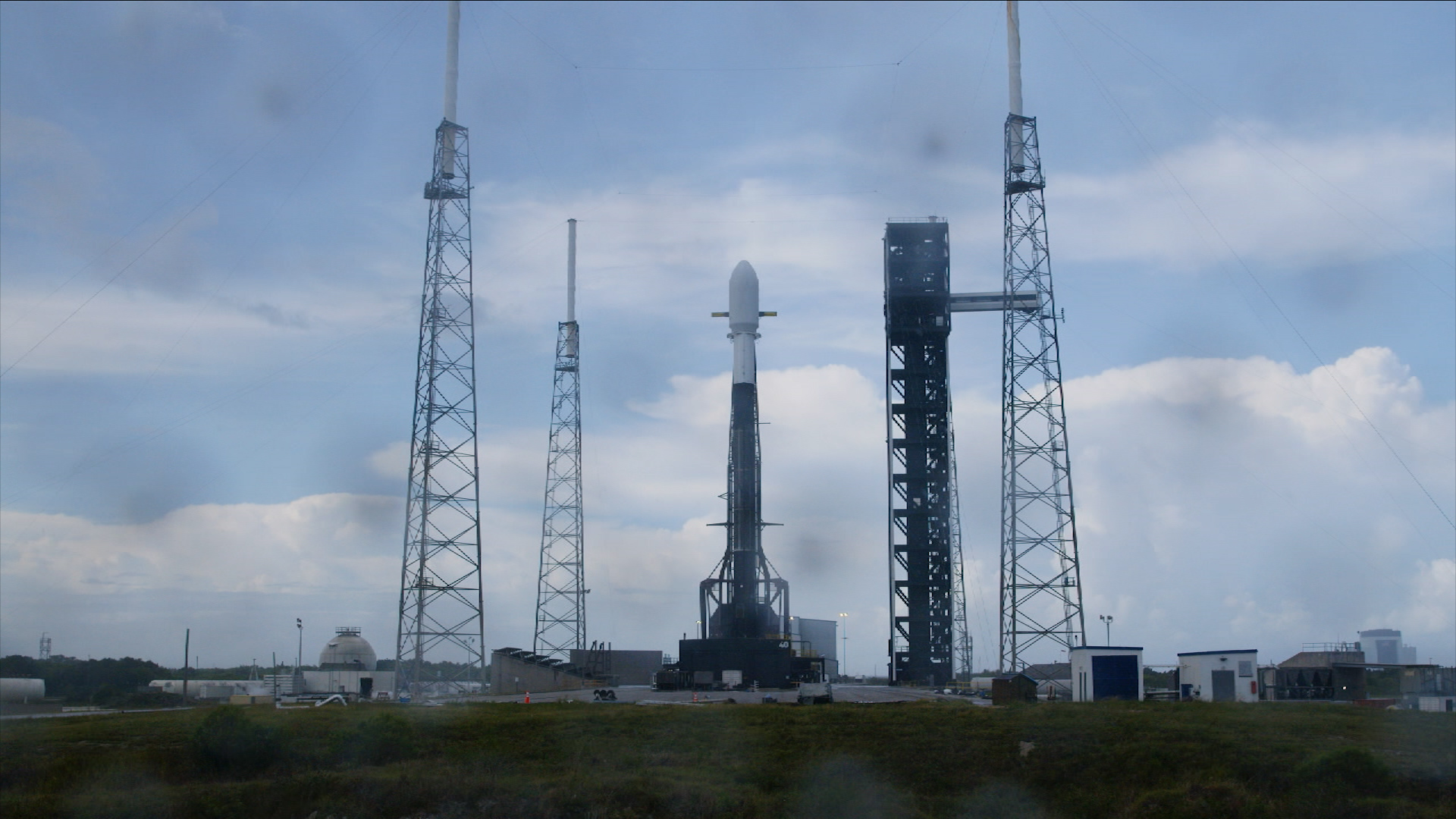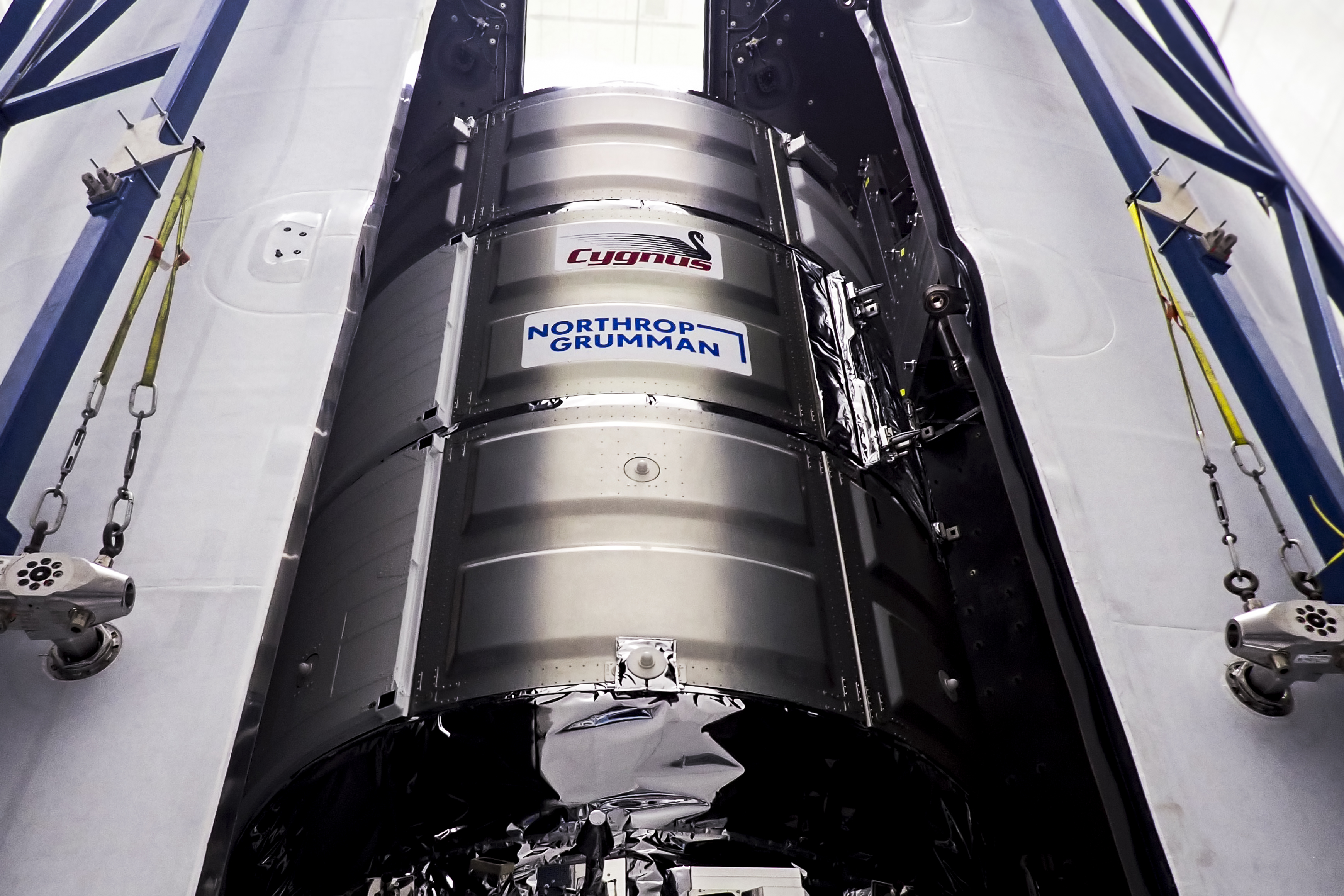
At 9:29 p.m. EST, over 6,000 pounds of scientific investigations and cargo launched to the International Space Station on the SpaceX Dragon spacecraft for the company’s 31st commercial resupply services mission for NASA. The spacecraft lifted off on a SpaceX Falcon 9 rocket from Launch Complex 39A at NASA’s Kennedy Space Center in Florida.
About 9 minutes after launch, Dragon will separate from the rocket’s second stage, open its nosecone, and begin a carefully choreographed series of thruster firings to reach the space station.
Dragon will arrive at the orbiting outpost at 10:15 a.m. Tuesday, Nov. 5, and dock autonomously to the forward port of the space station’s Harmony module.
NASA will provide live coverage of the spacecraft’s arrival beginning at 8:45 a.m. Nov. 5 on NASA+ and the agency’s website. Learn how to watch NASA content through a variety of platforms, including social media.
Learn more about station activities by following the space station blog, @space_station and @ISS_Research on X as well as the ISS Facebook and ISS Instagram accounts.







